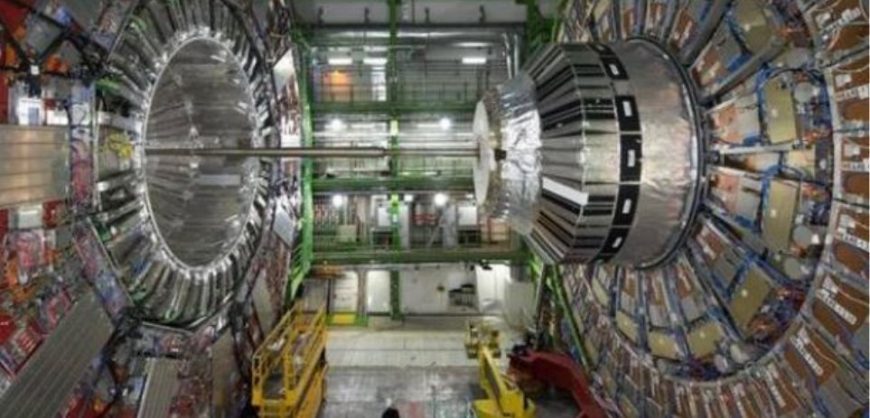Six years after tracking down the Higgs boson, the subatomic particle that confers mass on matter, physicists said on Tuesday (Aug 28) they have “at long last” witnessed it decaying into tiny bits called “bottom quarks”.
The predicted decay was observed at the Large Hadron Collider (LHC) famous for the Nobel-capped discovery of the Higgs particle in 2012, Europe’s Cern physics lab announced.
“During the early preparations of the LHC, there were doubts on whether this observation could be achieved,” the Atlas scientific collaboration said of the “elusive interaction” now documented at the massive particle accelerator.
Because Higgs bosons themselves are hard to find, and other particles also break up into bottom quarks, it has been difficult to track down those attributed specifically to Higgs decay.
Researchers say the long-awaited observation serves as further verification of the Standard Model of physics – the mainstream theory of the fundamental particles that make up the Universe and the forces that govern them.
Under the model, developed in the early 1970s, quarks and leptons are the most basic building blocks of matter.
There are six types of quarks, of which bottom quarks – also called beauty quarks – are among the heaviest.
The Standard Model predicted that Higgs decay would yield pairs of bottom quarks about 60 per cent of the time.
But finding these quarks has been “among the most demanding analyses carried out by ATLAS so far,” the team said in a statement.
read more at straitstimes.com

































